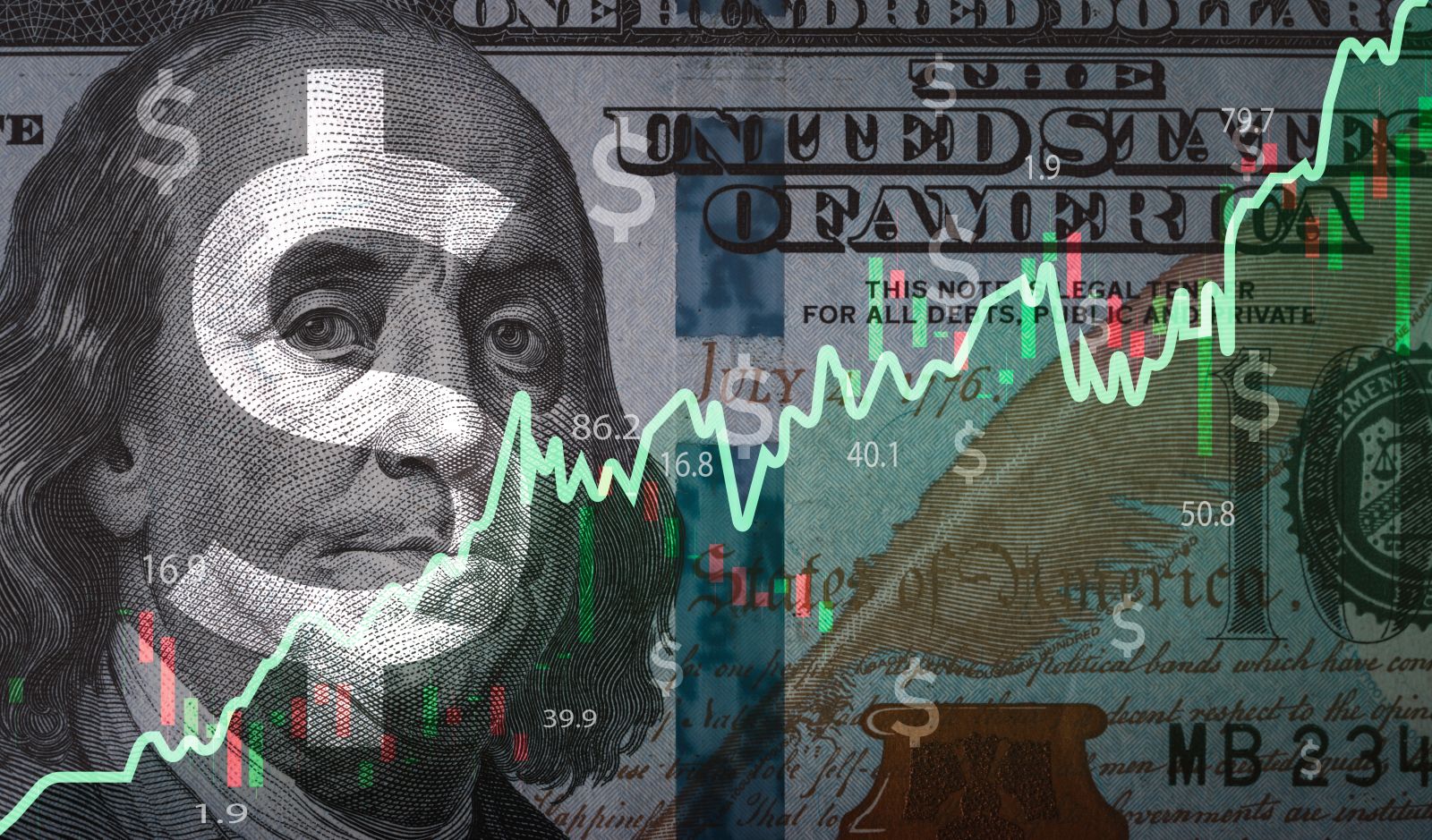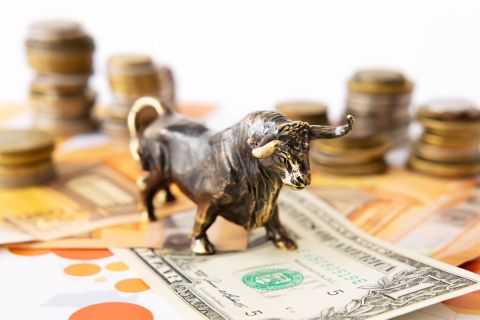ALBAWABA – Amid anticipation of yet another hike in United States (US) interest rates, the US dollar soared again to the highest level in 10 months, Wednesday through Thursday, news agencies reported, as oil prices surged and stocks worldwide fluctuated.
Benchmark 10-year Treasury yields rallied further on Wednesday to the highest levels since October 2007, Agence France-Presse (AFP) reported, bolstering the US dollar.
The US dollar index, which measures the greenback against a basket of other major currencies, reached 106.84, the highest level since November 30, 2022, according to Reuters.
The euro dropped to $1.04880, the lowest level since January, while the Pound Sterling slipped to $1.21110, the lowest level since March 17.
Meanwhile, the dollar is edging back towards the 150-yen mark last seen in October, leading Japanese authorities to express concern and readiness to intervene to support their currency, as reported by AFP.

The US dollar has been on the rise for weeks, with intermittent slips that were almost immediately parred by gains - Shutterstock
Equity markets in Asia were mixed following a weak lead from Wall Street, with Tokyo, Hong Kong, Sydney, Mumbai, Bangkok and Wellington all down.
Shanghai, Singapore, Taipei and Manila edged up, as London dipped Thursday morning, and Frankfurt and Paris rose, according to AFP.
Traders in Hong Kong were again on edge after China’s Evergrande suspended trade in its shares, as well as those of its electric vehicle and property services units, without giving an explanation. Notably, the company’s stocks were on a downward trajectory for the better part of a week.
Instability in stocks worldwide drove investors into safe-haven and US dollar markets, such as treasury bills, news agencies reported, out of concerns over the state and prospects of global markets.
The rise in oil prices did not help risk markets, as Brent and WTI futures rallied towards the $100 per barrel threshold.
In the meantime, announcements from the US Federal Reserve this week that interest rates will remain higher for longer encouraged the divergence from risk-markets to bonds and treasuries.










